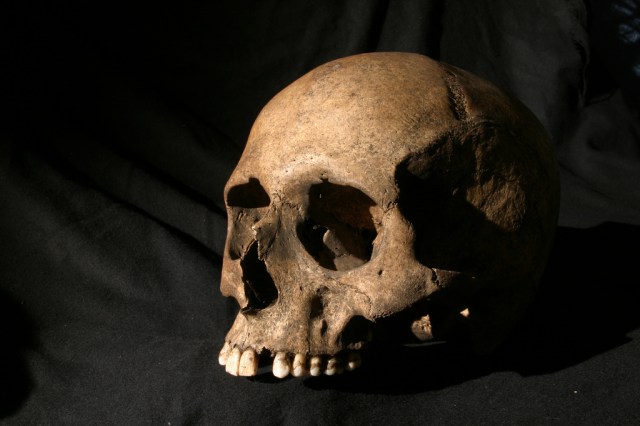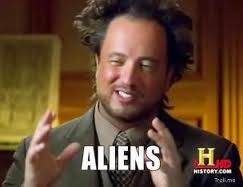Ancient Humans Bred With A Different Species That We Know Nothing About
Don't say it was aliens, don't say it was aliens...
According to new findings that were presented at a meeting of the Royal Society in London last week, ancient Humans and Neanderthals weren’t the only two humanoid species walking around and breeding with each other at the same time. Updated genome sequencing suggests that there was a third species — and we don’t know anything about it.
At the meeting, which was about ancient DNA, scientists presented two ancient genomes that had recently been sequenced at a quality that matches modern genome sequencing. One on these genomes came from a Neanderthal, and another from a member of a pre-historic group known as Denisovans, so-called because their remains were discovered in the Denisova Cave in the Altai Mountains of Southern Siberia, Russia.
David Reich, an evolutionary geneticist at Harvard Medical School whose team led the sequencing effort, says that these genomes indicate that Denisovans interbred not only with Neanderthals (and a lot, mind you — the term most news outlets are using to describe this breeding is “rampant”) but with a third population that lived in Asia about 30,000 years ago. Other than that, there’s not much more they can say definitively about this mysterious third species.
You know what that means, folks.
In all seriousness, what it actually means is that ancient “humanity” was a lot more varied than we initially thought.
“What it begins to suggest is that we’re looking at a Lord of the Rings-type world — that there were many hominid populations,” Mark Thomas, a evolutionary geneticist at University College London who was present at the meeting, told Nature. So it’s not so much that we bred with aliens as much as we might have bred with elves! You know, before they diminished and left our world for Valinor in the Undying Lands, of course.
(via Ancient Origins and Nature, image of stone-age human skull found in Norway via Arild Nybø)
- The remains of the first human/Neanderthal hybrid may have been found
- Breeding with Neanderthal boosted the human immune system
- The Denisova cave specimens were discovered four years ago
Have a tip we should know? [email protected]

